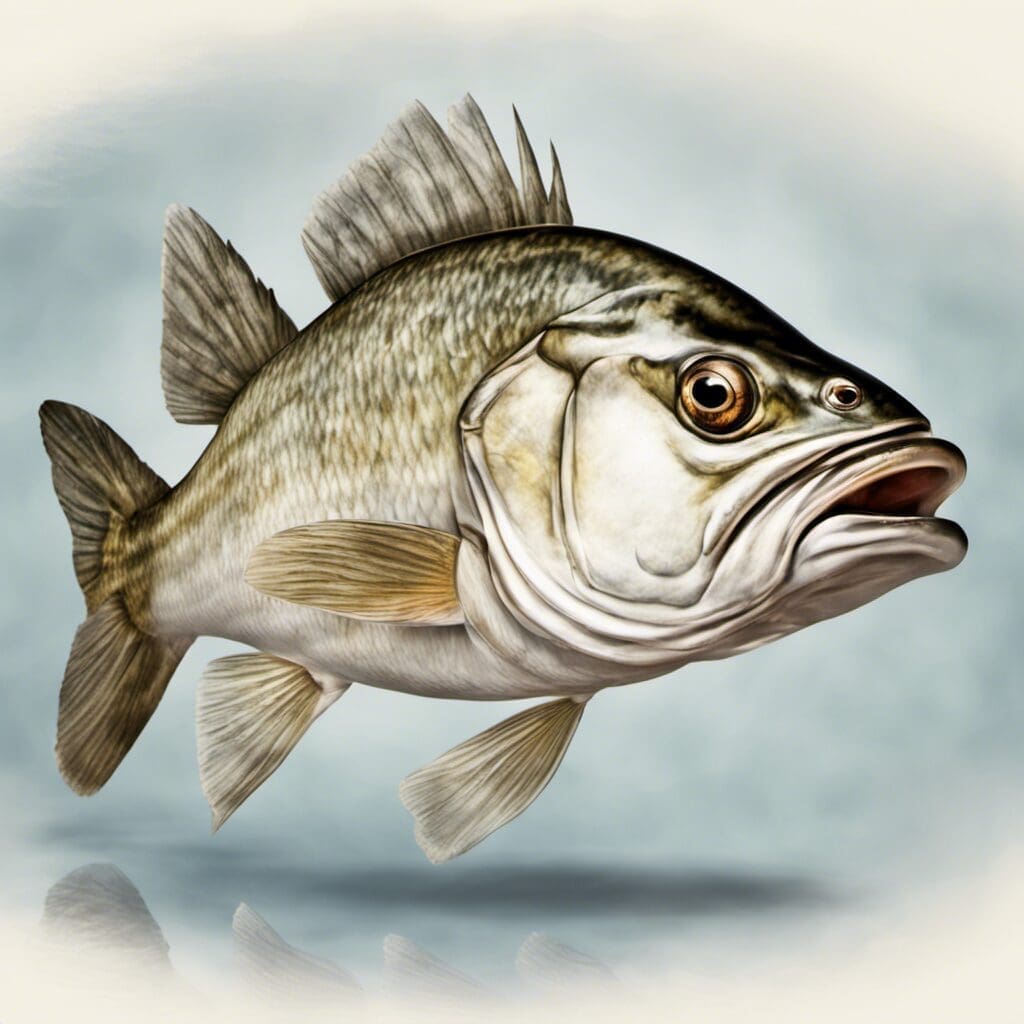Introduction
The White Croaker, also known as Genyonemus lineatus, is a member of the family Sciaenidae. Fondly referred to as the ”Tommy Ruff” or “Kingfish,” this particular species adds a fascinating charm to the aquatic world with its glistening appearance and peculiar grunt-like sounds.
Conservation Status
As of recent records, the White Croaker does not fall into the endangered or threatened category and is currently classified as ‘Least Concern’ on the conservation list. Conservation efforts are primarily guided towards monitoring the population levels and mitigating factors that could result in their decline.
Statistics
| Aspect | Average | Range |
|---|---|---|
| Length | 15 inches | 11-19 inches |
| Weight | 1.2 pounds | 0.5-2 pounds |
| Average Lifespan | 15 years | – |
Distribution
Native to the Pacific Ocean, White Croaker can be spotted from Vancouver Island, British Columbia to the Gulf of California. They engage in a semi-migratory pattern, usually moving southward during chillier months.
Habitats
White Croaker prefers inhabiting the soft bottom substrates of the ocean. The different depths they reside in greatly vary from shallow to 150 meters, depending on the time of day. They can usually exist across quite a range of temperatures from 15°C to 25°C.
When and Where to See
White Croaker usually makes its appearance during the months of April through September. Fishers have the best luck catching them during dusk and dawn.
Best Fishing Locations
Some of the most promising locations to fish for White Croaker include:
- Santa Monica Pier, California
- Pier 7, San Francisco
- Pacifica Pier, California
- Seal Beach Pier, California
- Twin Lakes Beach, California
For those venturing into locating this species independently, it’s recommended to search in shallow or sandy areas of the Pacific Ocean and identify their distinctive sounds underwater.
How to Catch
Anglers suggest that the use of worms, shrimp, or squid proves attractive as bait to the White Croaker. Techniques like bottom fishing or harbour fishing, particularly in the dawn or dusk, can lead to a successful catch.
Identification Guide
White croaker exhibits a silverfish-gray body marked with faint lines across. The distinctive feature of this fish species lies in their pointed snout and barbel on the chin. They’re similar in appearance to the Bermuda Chub, but are distinguishable by the absence of dark bands on the body.
Culinary
The taste profile of White Croaker is quite mild, offering a slightly sweet flavor with a low fat content. It’s best served fried or simmered. Nutritional information suggests that it’s a good source of protein and provides essential minerals like selenium.
Additional Information
White Croaker is known for its feeding habits which comprise small fishes, squids, marine worms and shrimps. Predators include bigger fishes such as Sharks and Seals. In terms of cultural significance, in California, it’s often celebrated in fishing competitions held annually.
References and Further Reading
Below are some suggested sources for further exploration on the White Croaker:
- NOAA fisheries page on White Croaker
- Fishbase page on Genyonemus lineatus
- Mexican Fish Guide to White Croaker
- Smithsonian Tropical Research Institute page on White Croaker

